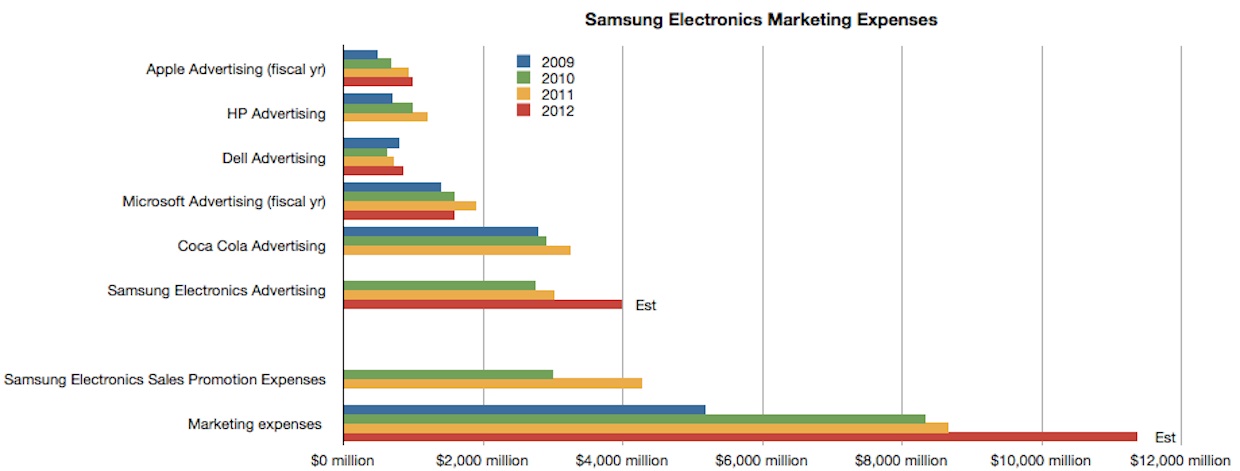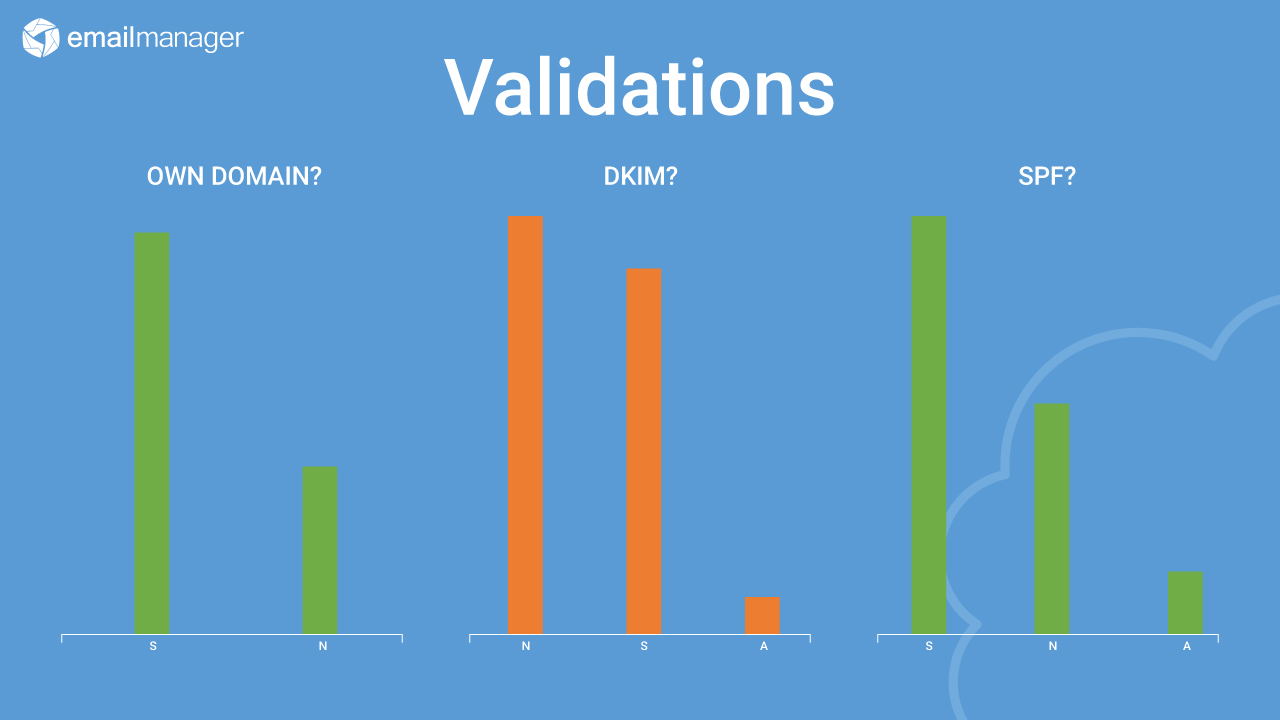How to protect your domain to make email marketing
Published in february, 09 of 2016
Improving the brand image is one of the biggest challenges of marketers and can be the difference to attract more customers, increasing the desire for your products. To this end, Coca-Cola spends more than US$ 3 billion in advertising each year. This number demonstrates the importance of caring for the image of your brand.
We know that not all companies have an exorbitant budget to invest. It doesn’t mean you can’t take care of your brand image with low financial resources. After all, investment is not necessarily in money, but in time and effort. Often, one or the other is neglected when you start making email marketing. The effect of this can directly impact at your image and the concern is only to avoid the emails from falling into the spam box and the sending to not affect the existing infrastructure.

The truth is that, like any practice that massifies with the web, email marketing campaigns have also opened doors to opportunists who are dedicated to cheat people exchanging data, usually in the form of credit card or account bank. There are safety mechanisms to combat these vicious attempts, including validation of the SPF and DKIM.

This validation used to be associated only with larger firms with a large volume of submissions and an image to protect. Today the process is an essential part of the industry, no matter the market you work for. Everyone should implement these validations independent of the size or volume. However, the numbers drawn from a survey conducted in Argentina in the first quarter of this year concerned:
- 1/3 of the companies that make email marketing in Argentina have not yet implemented any validation;
- Less than half have implemented the DKIM;
- The SPF is the best validation index, with 58% adepts.
In most cases, the validations are not carried forward only by lack of knowledge about how they work. Companies see the settings as something complicated or that may even cause unwanted effects on the domain or other practices. So let's demystify the process and show it in a transparent manner for you:
- These validations must be implemented by someone with know-how about the system and, above all, with access to the area where it’s hosted. Not because the settings are complex, only issues of access and basic knowledge. However, if you have the first item (access), you can already do everything.
- The validations of SPF and DKIM have no negative effect when you send email marketing campaigns or on your domain. If this happens, it means there is something wrong in your server configuration or to the reputation of your domain. In this case, we recommend you to check your email marketing provider.
- Both SPF and DKIM are simple, and any worth hosting should have access to them. If this is not your case, you are certainly dealing with the reseller of the hosting reseller, and your access is blocked.
Do not setting up the SPF and DKIM imply a huge risk to your email marketing campaigns and for your brand. Without these validations, your messages are not “authorized” for your domain. So any server that receives these emails will treat them as suspects and send them directly to spam. This opens a gap to anyone with some knowledge to take your domain and use it in their own campaigns to deceive your customers or harm you.
Implementation is easy and it takes no more than 5 minutes. The best part is that your brand and your email campaigns are protected.
Did you like it? Share!
We are at social networks, so go there and tell us what you think about the content we prepared to you!
Facebook, Twitter, LinkedIn, Google+
Do you have any questions about the platform or suggestions for our blog? Send it to us through the comments!